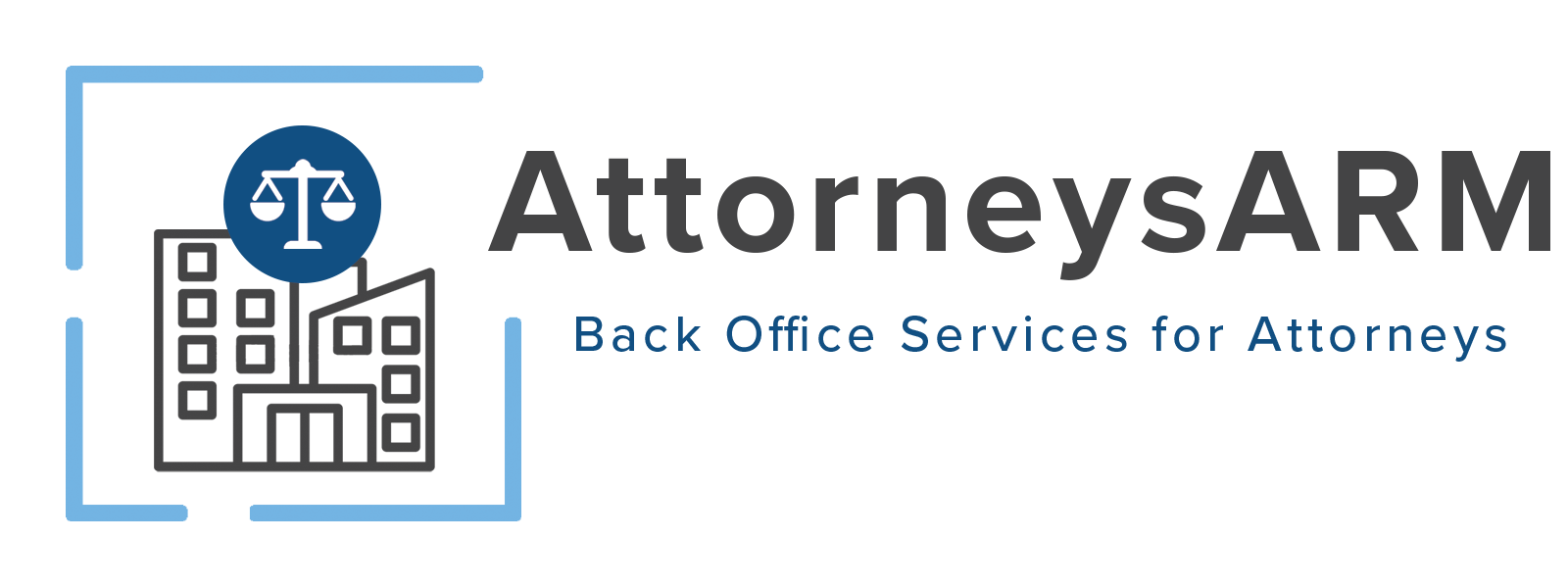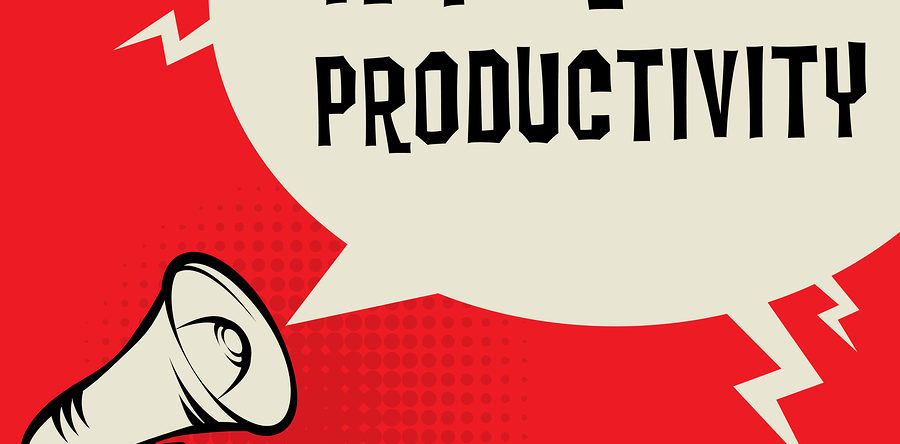When you own a small business, employee productivity is particularly important. You need to know whether low productivity is a result of poor processes that can be changed or if the employee may be neglecting their duties. Of course, those aren’t the only two reasons that productivity might be affected. They are, though, two of the main reasons.
Do you know how to monitor employee productivity? If you don’t, you are certainly not alone. That’s why we’ve put together this post. We want you to know how to properly observe productivity and how you can come up with a plan to keep your employees motivated and how you can implement solutions in areas where you’d like to see improvement.
Ways to Monitor Employee Productivity
There are several methods you can use to monitor productivity for your employees and for yourself. However, no single method is perfect. There are issues that may arise. It’s also important to remember that even your most high-performing employees could have a bad day or they may be going through a personal time in their life that is affecting their ability to work. Always remember that your employees are your best asset. It’s important to invest into them as professionals and as individuals! This creates loyalty which can, in turn, make your workers more productive and happier.
Analyzing Completed Tasks to Determine Productivity
It’s natural to think that productivity can be measured by how much someone completes in a day. Yet, what you must also keep in mind is the overall amount of responsibility placed on the shoulders of your employee. Are they currently fulfilling the role of two or more positions? Do they routinely take on more complicated matters? Make sure that you keep the answers to those questions in mind as you determine productivity.
Gather Data from IT about Computer Usage
Even small businesses primarily rely on the Internet for day-to-day operations. Maybe your business operates primarily from the cloud. Maybe you use a firewall to block certain sites so that your data is better protected from leaks. You can gather data from your IT department about computer use. You should be able to find out which websites are visited and approximately how much time is spent there. This is a good way to determine if employees are spending more time on social media or YouTube than on their jobs. However, it’s important to remember that YouTube, Spotify, and other sites that may have music can also be running in the background while your employees work.
Have Employees Track Their Activities
In the legal industry, it’s common for lawyers and some of their support staff to track the time it takes for them to do each activity. The purpose is to create an invoice that shows accurate billable time. Many clients pay an hourly rate. They want to know how the time is spent.
You don’t have to ask your employees to track all of their activities every single day. However, tracking the time each task takes can be good for your business and for your employees. You and your employees can determine if there are processes that need to be improved.
How Can You Improve Employee Productivity?
Now that you know the basics of how to monitor your employee’s productivity, let’s look at what you can do to improve it.
Get Feedback from Employees
The best way to improve employee productivity is to get their feedback. You may know that some tasks take way longer than you think they should. Your employee may know that, too. Since they are the ones in the proverbial trenches, they have great insight as to what works well and what doesn’t. Ask them what they believe would help improve the process. Listen to them carefully. Consider their input and implement the changes.
Lead by Example
You shouldn’t only be considering productivity of your employees. You also need to consider your own. It’s important to lead by example. Are there things you can do to improve your own productivity? You should never look at improving as you’ve done something wrong. Instead, you should look at it as simply finding a better way to make things work for your business. Make sure that you also tell your employees that you’re not looking for things they’re doing wrong. You just want to help them do better.
Goal Setting and Professional Training
Take the time to set goals with your employees. Help them come with a plan they can implement to reach the goals. Make sure they understand how reaching those goals will help your business meet its overall goals. Also, provide opportunities for professional training. Studies have shown that employees who receive opportunities for extra training are happier at work.
Ready to Take Your Business to the Next Level?
If you’re ready to take your business to the next level, Clients ARM can help! We are a remote, U.S.-based solution that helps businesses make more time to provide services to their clients and grow their business. To learn more about how we can help, schedule your free consultation




